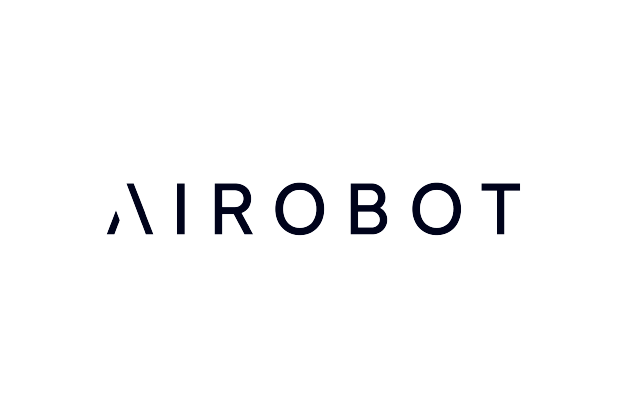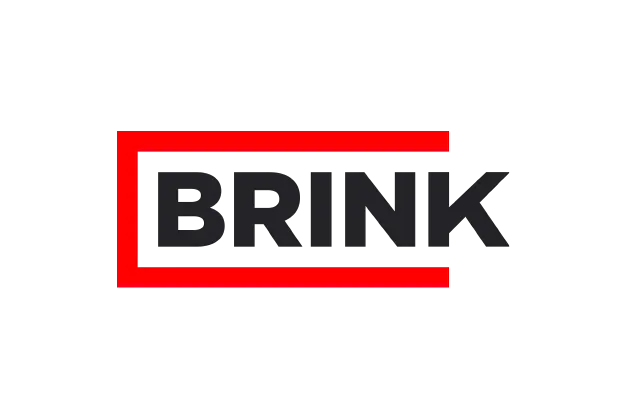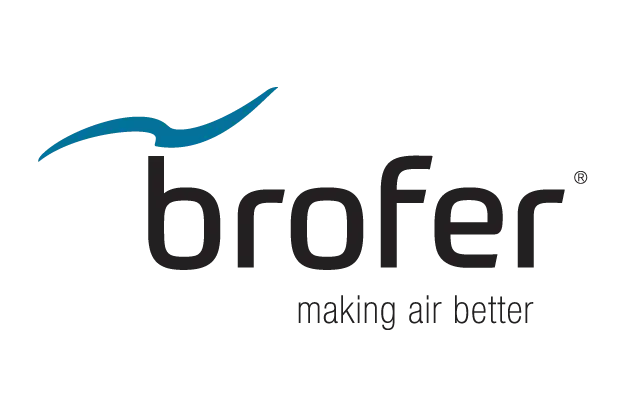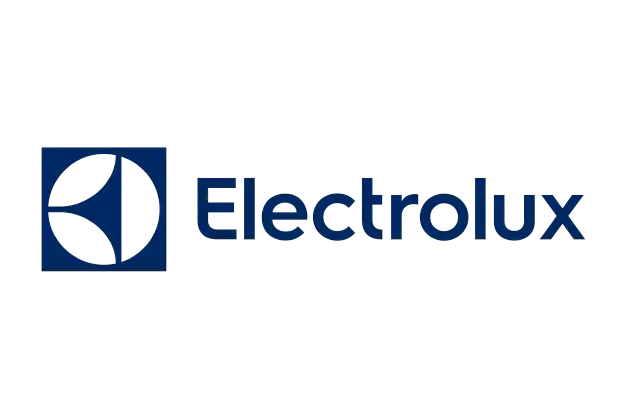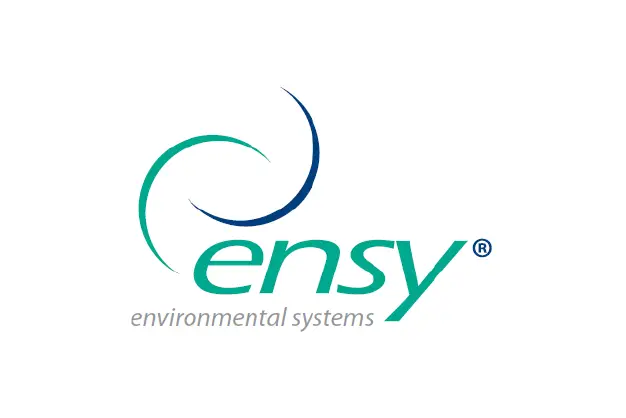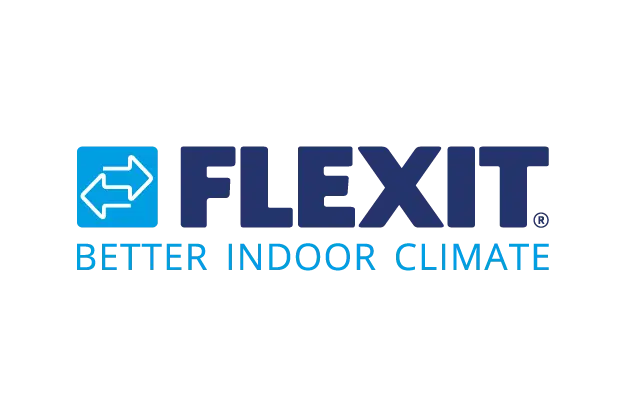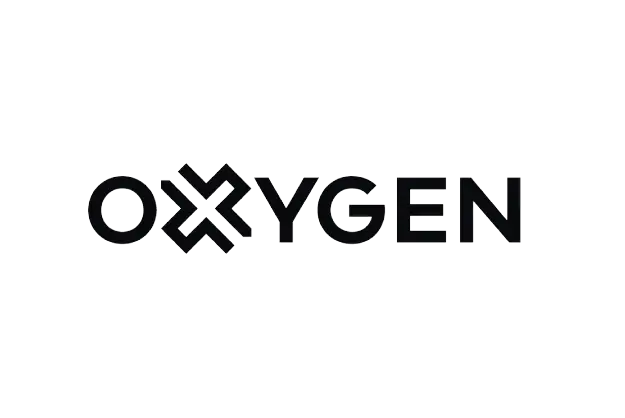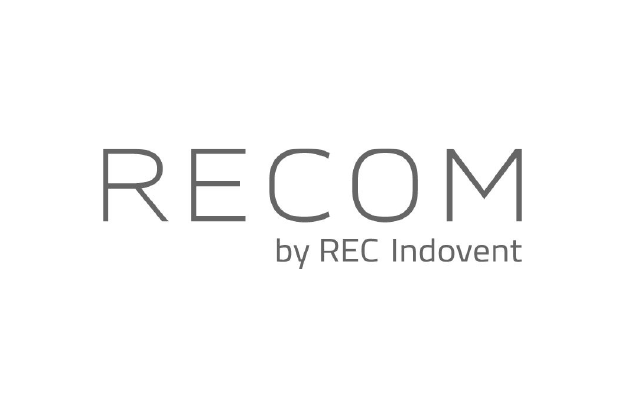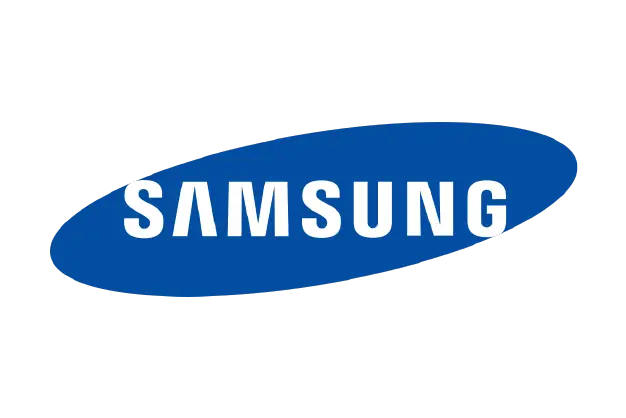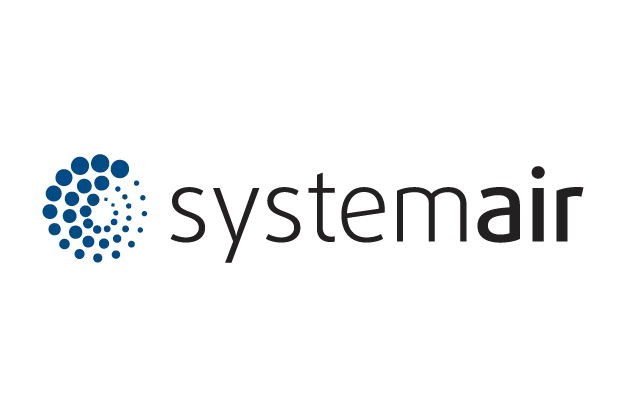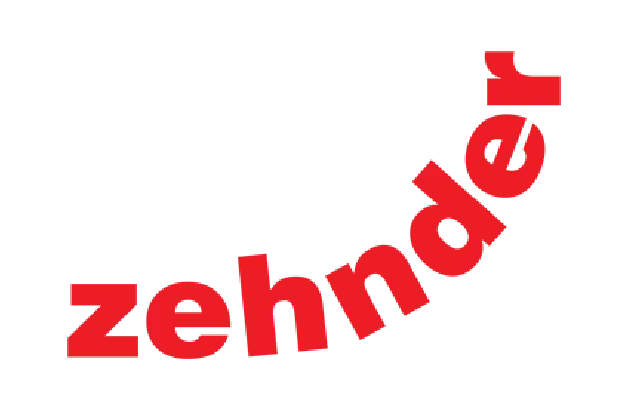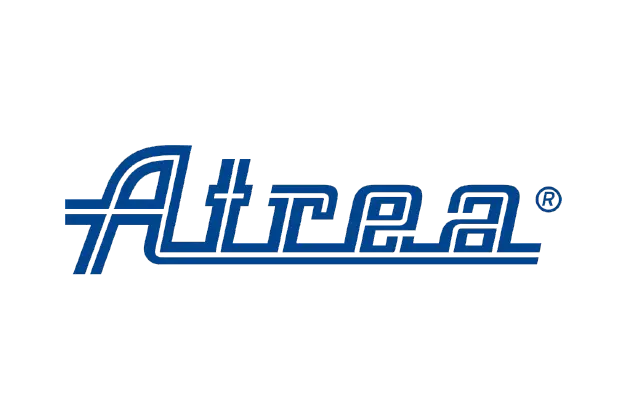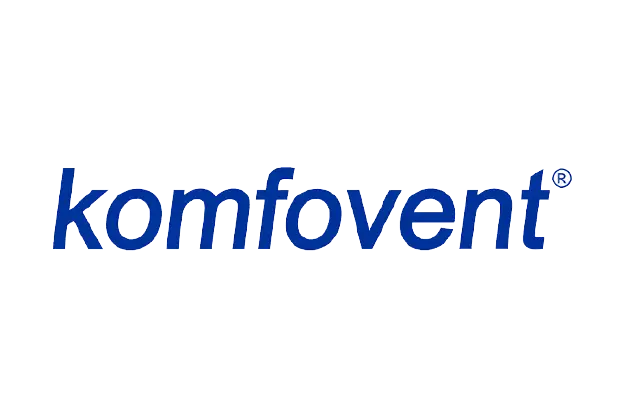Choose Your Brand
Reduced Electricity Costs
Clogged filters increase resistance, making the unit use more energy. Clean filters help save electricity.
Cleaner Air at Home
Reduced airflow hinders ventilation, allowing dust, bacteria, and other particles to linger in your home.
Reduced Operating Noise
Dirty filters force the fan to work harder, increasing resistance and noise in the ventilation system.
Fewer Unpleasant Odors
Filters remove odors from bathrooms, kitchens, and closets. Old filters reduce their effectiveness.
Need Help? Start Here.
We’ve gathered answers to the most common questions about our products and services. If you can’t find an answer here, please contact us directly.


Filter class refers to the size and quantity of airborne particles a filter can capture. In general, the higher the classification, the more effectively the filter removes fine particles such as pollen, dust, and other pollutants from the air.
For incoming outdoor air, it’s generally recommended to use higher-class filters. However, we always suggest following the manufacturer’s guidance and using the specific filter sets outlined in your unit’s eco-commissioning documentation.
For more information, take a look at our comprehensive guide to filter classes for heat recovery units.


We recommend replacing the filters every 3-6 months, to ensure optimal air quality and system performance.
However, replacement frequency may vary depending on factors such as:
- Air pollution levels (e.g. urban vs rural areas);
- Allergies or respiratory sensitivities;
- Indoor pets or smoking;
- Dust from nearby construction sites.
If your system includes a filter change indicator, follow its alerts. Otherwise, check the filters visually – if they appear very dirty or clogged, it's time to replace them.


Replacing filters is generally a simple, do-it-yourself task with no special tools required. Most of our filters come with detailed manuals or video instructions, available in the “How to change” tab on each product page. Simply find your filter and check that section for step-by-step guidance.


To find the correct filter for your MVHR unit, you first need to identify the brand and model of your system. You can usually find this information on a label attached to the unit itself. Alternatively, consult the technical data in the maintenance manual.
If you’re unsure about the brand or model, there’s another way to find the right filter: remove the existing filter and measure its length, width, and height. Then, search by size in our online shop. Our filter listings include detailed specifications to help you match the right one.
If you're still not sure, feel free to contact us - send us the filter’s measurements, photos, or any other details, and we’ll be happy to help you find the right match.


MVHR stands for Mechanical Ventilation with Heat Recovery. It's a ventilation system that continuously extracts polluted, stale, or humid air and supplies fresh, filtered air into the premises. As the air flows through the system, a heat exchanger transfers warmth from the outgoing air to the incoming air - without mixing the two. This helps maintain indoor air quality while reducing heating costs and energy waste.


In between filter replacements, it’s also a good idea to clean the inside of your unit. This helps maintain not only your health but also the performance and lifespan of your heat recovery system.
You can do this yourself by removing the filters and unscrewing the front cover. This gives you access to the heat exchanger, which can be cleaned with a vacuum or a soft cloth.


No, MVHR filters are not designed to be washed. Washing can damage the filter material, reduce its efficiency, and affect the shape, which may lead to poor fit and airflow issues. If you're looking to remove light surface dust, it's better to gently wipe the filter with a soft, dry cloth. For optimal performance, we still recommend replacing the filters regularly.


Clean filters are essential for both your health and the performance of your ventilation system. Over time, dust, bacteria, and fungi can accumulate in the filters, the system, and the air ducts. If the filters become saturated, your MVHR unit has to work harder to maintain airflow - using more energy and increasing your costs.
Dirty filters can also reduce indoor air quality by allowing harmful particles and microorganisms to recirculate, which may negatively affect your health and well-being.


Several factors can cause your MVHR filter to become contaminated faster than expected, including both environmental conditions and the type of filter used:
- Outdoor air quality: if you live near busy roads, industrial zones, or construction sites, your system may pull in higher levels of dust and pollution. In these cases, filters can become saturated in less than two months.
- Filter efficiency: higher-grade filters (such as F7 or ePM1-rated) capture finer particles, which improves air quality - but they may clog more quickly due to the higher amount of trapped pollutants.
- Filter quality: low-cost or poorly made filters (especially those from non-EU sources) may have higher pressure drops, reducing airflow efficiency and requiring more frequent replacement. They can also increase energy consumption over time.
- System airflow rate: running the MVHR system at more powerful airflow settings means a greater volume of air moves through the filters each hour, which can lead to faster filter contamination.
If you notice filters getting dirty unusually fast, it may be worth reviewing your filter class, local air conditions, or even upgrading to a multi-stage filtration setup.


MVHR systems typically use two filters, some models may even include three or four - depending on the design and filtration requirements.
Usually one filter is used for extract air and one for supply air, each serving a different purpose:
- The extract filter captures dust and particles from the indoor air as it’s removed from your home. This helps protect the internal components of the MVHR unit and reduces buildup in the ventilation system.
- The supply filter cleans the outdoor air before it’s brought into your premises. This improves indoor air quality and protects your health.
Using both filters ensures that your MVHR system remains efficient while maintaining a clean and healthy indoor environment.


Initially, Blauberg MVHR units have three filters installed. The third filter is added temporarily during or shortly after construction to protect the main supply filter from construction dust and debris. It is intended to be removed once construction is complete and you move into the premises.
After that, the system is designed to operate efficiently with two filters: one for the extract air (stale indoor air going out) and one for the supply air (fresh air coming in). Using more than two filters during regular operation is unnecessary. So when replacing the filters, only the two main filters need to be changed.


Vallox systems use a three-filter setup to ensure optimal air quality and protect the system. Our replacement filter set includes two G4 filters and one F7 filter.
One G4 filter captures coarse particles from the extracted indoor air, protecting the system from dust and debris buildup. The second G4 acts as a pre-filter on the supply side, trapping larger particles such as insects and debris before they reach the main F7 filter. The F7 filter performs the greatest filtration function, capturing finer particles such as dust, pollen, and allergens, thereby improving indoor air quality.
This combination helps extend the system’s lifespan and maintain efficient performance.


Yes. Using higher-grade filters (such as F7 or ePM1-rated filters) can significantly reduce allergens like pollen, dust mites, and pet dander, improving indoor air quality for allergy sufferers. Regular replacement is key to maintaining this benefit.


EN 779 and ISO 16890 are two different standards for classifying air filters. While they serve the same purpose, describing how efficiently a filter removes particles from the air, they use different testing methods and naming systems.
EN 779 (now outdated) used categories like G4, M5, F7, etc. ISO 16890, which replaced it, classifies filters based on their efficiency against specific particle sizes (PM10, PM2.5, PM1). For example, a filter that used to be called F7 under EN 779 may now be labeled as ePM1 60% under ISO 16890.
We include both classifications on our product pages to help you find the right match for your system.


Original filters are made by or for the ventilation unit’s original brand, through certified production partners. They follow the brand’s specific manufacturing and packaging standards.
House brand filters, on the other hand, are made by trusted independent manufacturers who meet strict quality requirements. We work closely with our production partners and carry out our own quality control to ensure a precise fit and reliable performance. Since they’re not tied to a specific brand label, house brand filters are often more affordable - offering excellent value without compromising on quality.


Yes. Most of our filters are fully compatible with modern ventilation systems, including smart and automated units. However, we always recommend checking your system’s specifications or sending us your model details to ensure a perfect fit.
Still Have Questions?
Support details to capture customers that might be on the fence.
Contact Us Now



